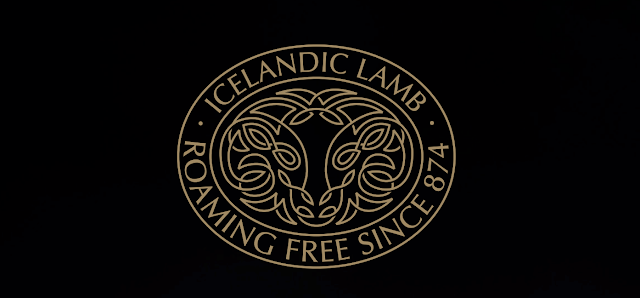There are a number of foods which have a protected geographical designation of origin status, such as Arbroath Smokies and Parma Ham.
Icelandic Lamb has just gone through the process of achieving protected status.
In March 2023, this message went up on the website:
‘Íslenskt lambakjöt' is the name given to the meat from pure bred Icelandic lambs, which have been born, raised and slaughtered on the island of Iceland. Sheep farming has a long and rich cultural tradition in Iceland. The characteristics of ‘Íslenskt lambakjöt' first and foremost consists of a high degree of tenderness and gamey taste, due to the fact that lambs roam freely in demarcated wild rangelands and grow in the wild, natural surroundings of Iceland, where they feed on grass and other plants. The long tradition of sheep farming passing down generations on the island has led to high standards of flock management and grazing methods.This is a lengthy process, and guarantees that food is properly labelled. This is an issue which is important when people potentially pay a premium for food they believe has been produced in a particular way.
To find out more about the product, the Brand Book provides all the relevant details (PDF download) if you want to tell students about the product, or use it as an example of a food with PGI status.
There is certainly a link between the lamb and the landscape and the isolation of Iceland. As with horses, these animals are from a pure lineage. It is only exported to a limited number of countries, which does not include the UK. Do yourself a favour and order some if you get the chance. One of the most common ways of eating it is to order a bowl of kjötsúpa.


Comments